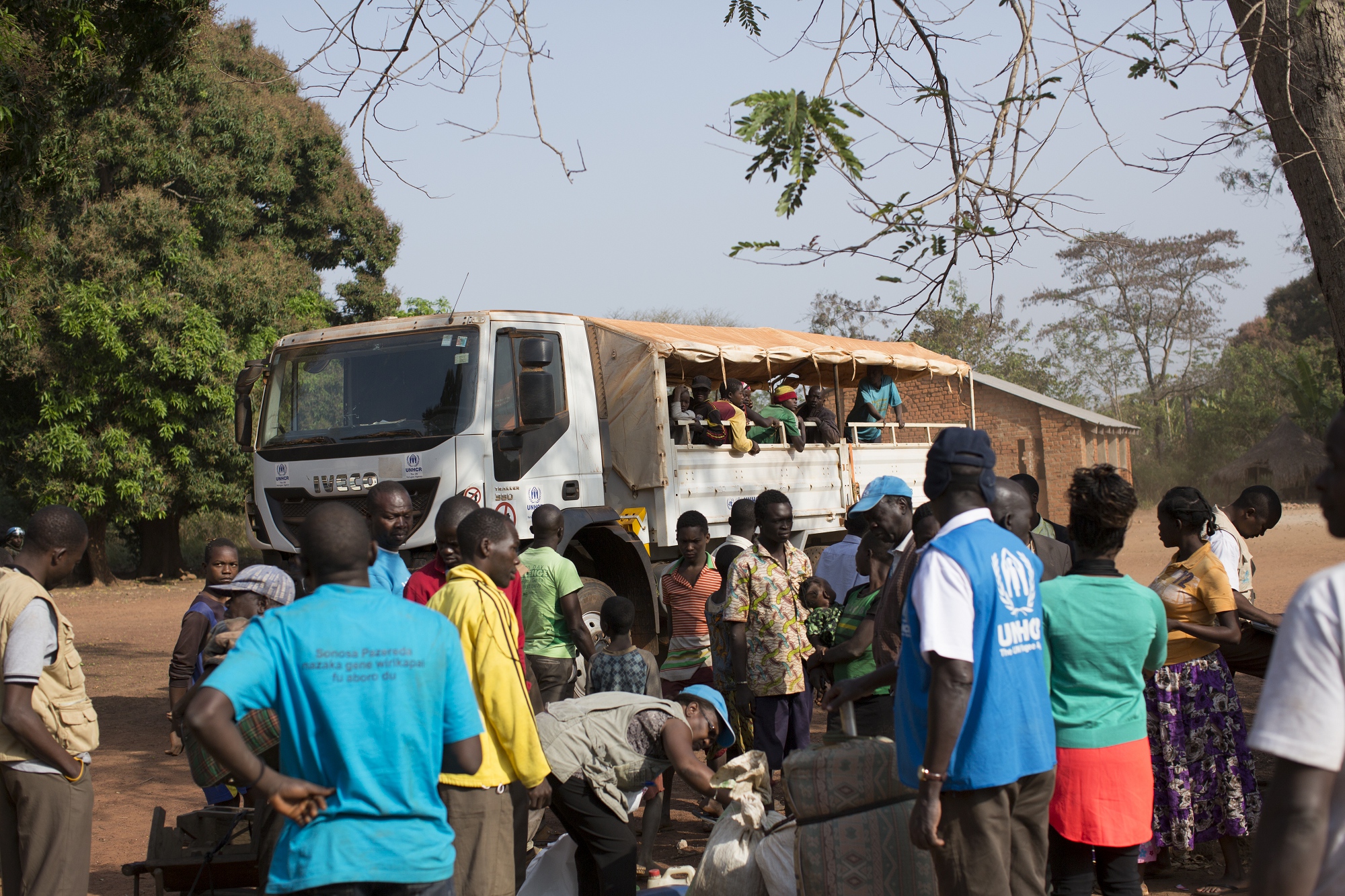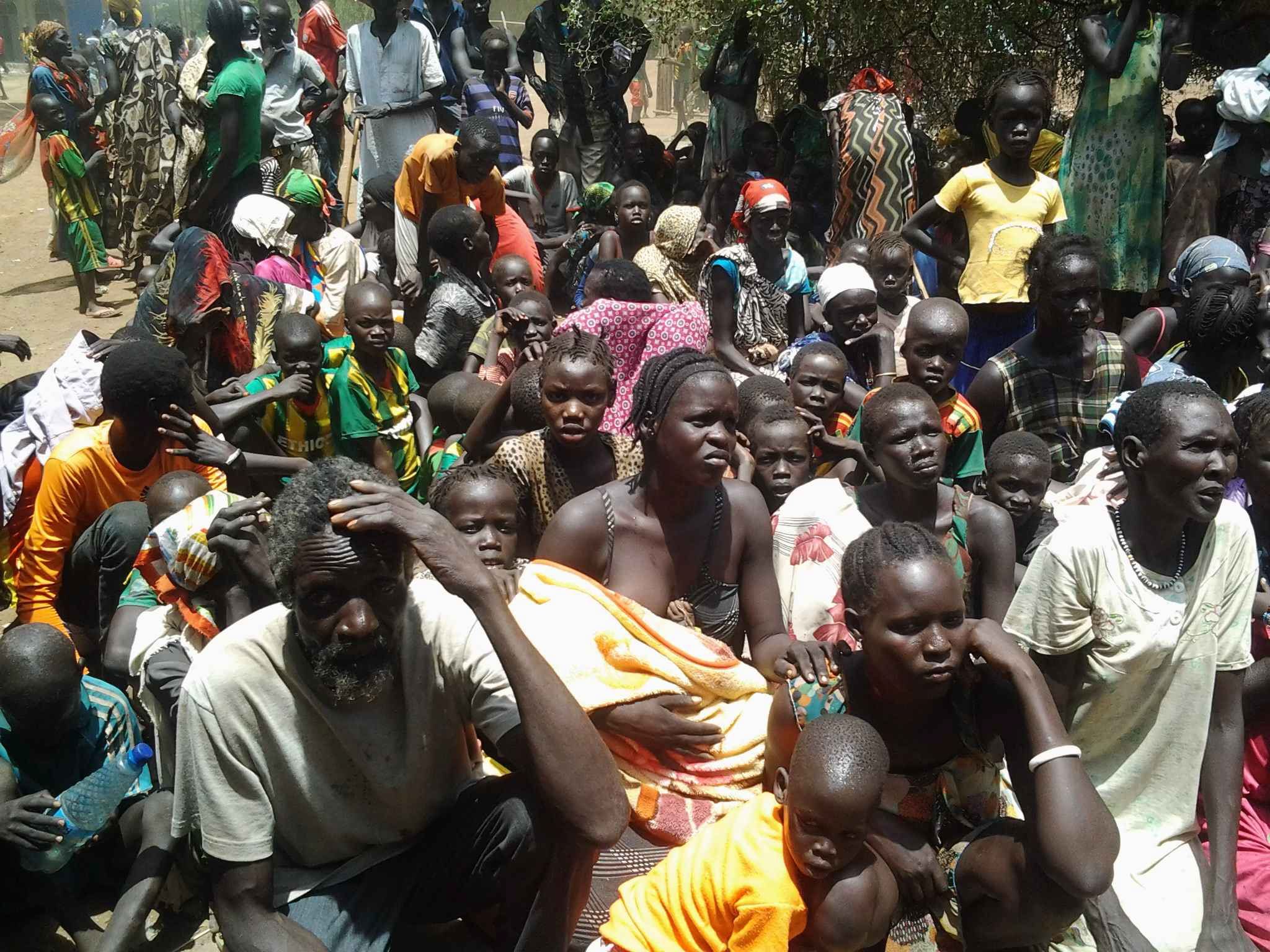35,000 newly displaced near Sudan-South Sudan border
35,000 newly displaced near Sudan-South Sudan border
The recent fighting near the border between Sudan and South Sudan has displaced some 35,000 people in areas around Heglig, Talodi and other parts of South Kordofan, according to our partners there. UNHCR does not have access to the areas in question, but we are channeling aid through local agencies.
In South Sudan, a spate of aerial bombings in recent weeks hit parts of Unity, Warrap and Western Bahr el Ghazal states.
The three refugee sites in Unity state have thus far not been directly affected. We have nonetheless seen an increase in the number of Sudanese refugees crossing the border, some of them seriously malnourished. In Yida settlement, more than 1,300 new arrivals were reported in the last four days, and recent average daily arrivals (230 daily) have been at triple the rate seen in March and February. Some refugees say they left Sudan because of food shortages in South Kordofan, others say they fled intense fighting in their areas of origin.
The escalating hostilities are heightening concerns about the safety of refugees in Unity state. Yida is only a few kilometers from the border, and has seen direct and indirect bombing and shelling over the past six months. Humanitarian agencies continue to provide over 20,000 refugees living there with life-saving assistance and essential services such as food, water, sanitation, community services and healthcare. At the same time, we are advising them to urgently move to safer areas.
So far, UNHCR has supported the relocation of more than 2,000 refugees to two sites further south in Unity state. We are preparing the sites, and planning others, to receive more refugees from Southern Kordofan and from Yida, should residents there opt to relocate. Food and other relief items are being pre-positioned in all three sites in Unity state in anticipation of rains.
In South Sudans Upper Nile state, the pace of refugee arrivals from Sudans Blue Nile state has slowed. There are currently more than 92,000 Sudanese refugees in Maban county, including some 52,000 in Doro settlement, 37,000 in Jammam settlement and several thousand to be relocated from border areas.
Access to and within Maban county is curtailed during the rainy season. UNHCR and its partners are working around the clock to secure critical road repairs to keep access open in the coming months.
Providing adequate water is the main challenge in Jammam. Despite intensive drilling, viable sources have remained elusive so far. Partners are trucking in water and working on water piping and surface water treatment for the rainy season. Meanwhile, larger rigs are being brought to the area to explore deeper water sources. Until it is possible to provide more than the current 8.5 litres per person per day, agencies are identifying a suitable site for the relocation of some 15,000 refugees from the group in Jammam to reduce the pressure on water.
At Doro settlement, drilling efforts have been more successful. Partners have secured 12 litres per person per day and aim to reach the standard of 15 to 20 litres per person per day shortly.
In neighbouring Ethiopias Benishangul-Gumuz region, UNHCR has received some 2,400 new refugees from Blue Nile state so far this month. The Adamazin transit centre is being expanded to accommodate new arrivals before they are transferred to Bambasi, the third camp in the area and which is currently being completed.
Months of intermittent fighting have driven more than 115,000 Sudanese refugees into South Sudan and nearly 30,000 into Ethiopia. Many more could follow if the conflict escalates further. UNHCR appeals to the governments of Sudan and South Sudan, and to other parties to these conflicts, to do their utmost to avoid displaced civilians being placed in harms way, and to avoid actions that could displace more people.








